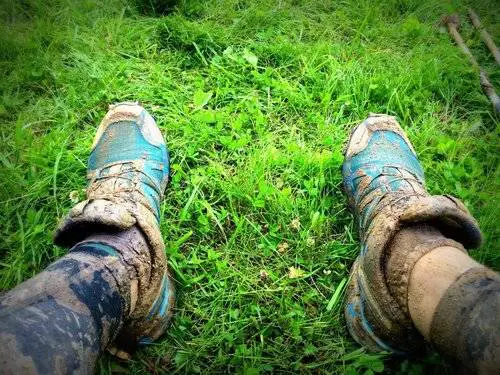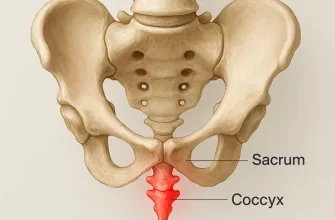Running is a fantastic way to stay fit and healthy, but sometimes our legs can feel sore and achy after a long run.
We’ll explore some practical tips and techniques to help alleviate leg pain after running, allowing you to bounce back and enjoy your next run pain-free.
Rest and Recovery
The first and most crucial step in dealing with leg pain after running is allowing your body sufficient time to rest and recover. Resting helps reduce inflammation and prevent further muscle damage. Opt for lighter activities like stretching, or swimming to keep your body moving without putting excessive strain on your legs. Aim for 1-2 days of complete rest between intense running workouts.
Ice Therapy
Applying ice to your sore muscles is an effective way to reduce inflammation and numb the pain. Use an ice pack or a bag of frozen vegetables wrapped in a towel and gently massage the affected area for 15-20 minutes. Repeat this process every 2-3 hours within the first 24-48 hours after running.
Compression Therapy
Wearing compression socks or calf sleeves can improve blood circulation, reducing muscle soreness and promoting faster recovery. Compression garments apply gentle pressure to the legs, which can help prevent swelling and reduce discomfort. Consider using these during and after your runs to support your muscles and ease leg pain.
Gentle Stretching
Engaging in light and gentle stretching exercises can help relieve leg pain and prevent the onset of muscle tightness. Focus on stretching your calves, quadriceps, hamstrings, and hip flexors. Hold each stretch for 20-30 seconds and repeat 2-3 times on each leg. Remember not to bounce while stretching and never push your muscles past the point of discomfort.
Elevation
Elevating your legs above your heart level can help reduce swelling and improve blood circulation. Prop your legs up on a couple of pillows or sit on a raised surface with your legs straight out in front of you. Aim for 15-20 minutes of elevation several times a day to reduce leg pain and promote faster healing.
Pain Medication
If the pain persists or becomes too unbearable, over-the-counter pain medications such as ibuprofen or acetaminophen can help provide temporary relief. However, it’s always best to consult a healthcare professional before taking any medication to rule out any potential allergies or interactions.
Gradual Progression
One of the most common causes of leg pain after running is overexertion or excessive training. Make sure to gradually increase your running distance and intensity to allow your legs to adapt and become stronger over time. Pushing yourself too quickly can lead to overuse injuries and prolonged pain.
Conclusion
Experiencing leg pain after running is not uncommon, but with proper care and attention, you can alleviate the discomfort and get back to running pain-free. Remember to listen to your body, allow for adequate rest and recovery, and utilize the techniques mentioned above. By taking care of your legs, you’ll be able to continue enjoying the many benefits of running for years to come.









